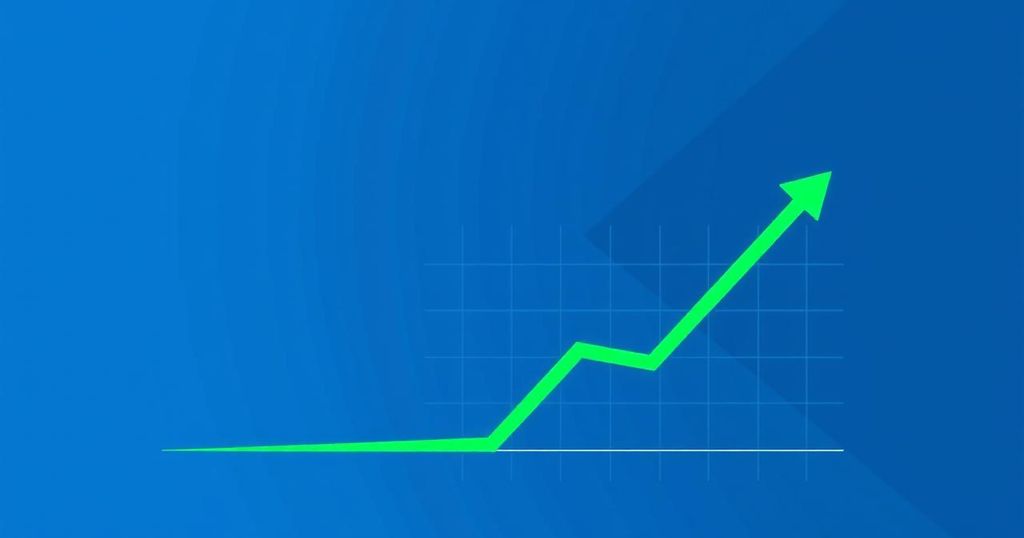In January, Brazil’s gross debt-to-GDP ratio fell to 75.3%, below forecasts. The decline was driven by net debt redemptions and GDP growth, alongside a public sector primary surplus of 104.096 billion reais. The central government reports a deficit of 0.37% of GDP, targeting a zero primary deficit for the year.
In January, Brazil’s gross debt-to-GDP ratio unexpectedly decreased to 75.3%, down from 76.1% in December. This figure is significantly lower than the 76.2% anticipated by economists according to a Reuters poll. The central bank attributed this 0.8 percentage-point decline to net debt redemptions and the impact of nominal GDP growth.
The public sector achieved a primary surplus of 104.096 billion reais (approximately $17.92 billion) in January, surpassing the forecasted surplus of 102.135 billion reais by Reuters economists. Consequently, the 12-month rolling deficit now stands at 0.38% of GDP.
Specifically, the central government reported a deficit of 0.37% of GDP for the 12 months ending in January. The administration led by President Luiz Inacio Lula da Silva aims for a zero primary deficit this year, allowing for a margin of tolerance of 0.25% of GDP either way.
Brazil’s decrease in the gross debt-to-GDP ratio in January indicates a stronger economic performance than previously anticipated. The public sector’s primary surplus further highlights the nation’s efforts to improve fiscal stability. With a national goal of achieving a zero primary deficit this year, Brazil’s financial strategies will be closely monitored for success.
Original Source: www.tradingview.com




